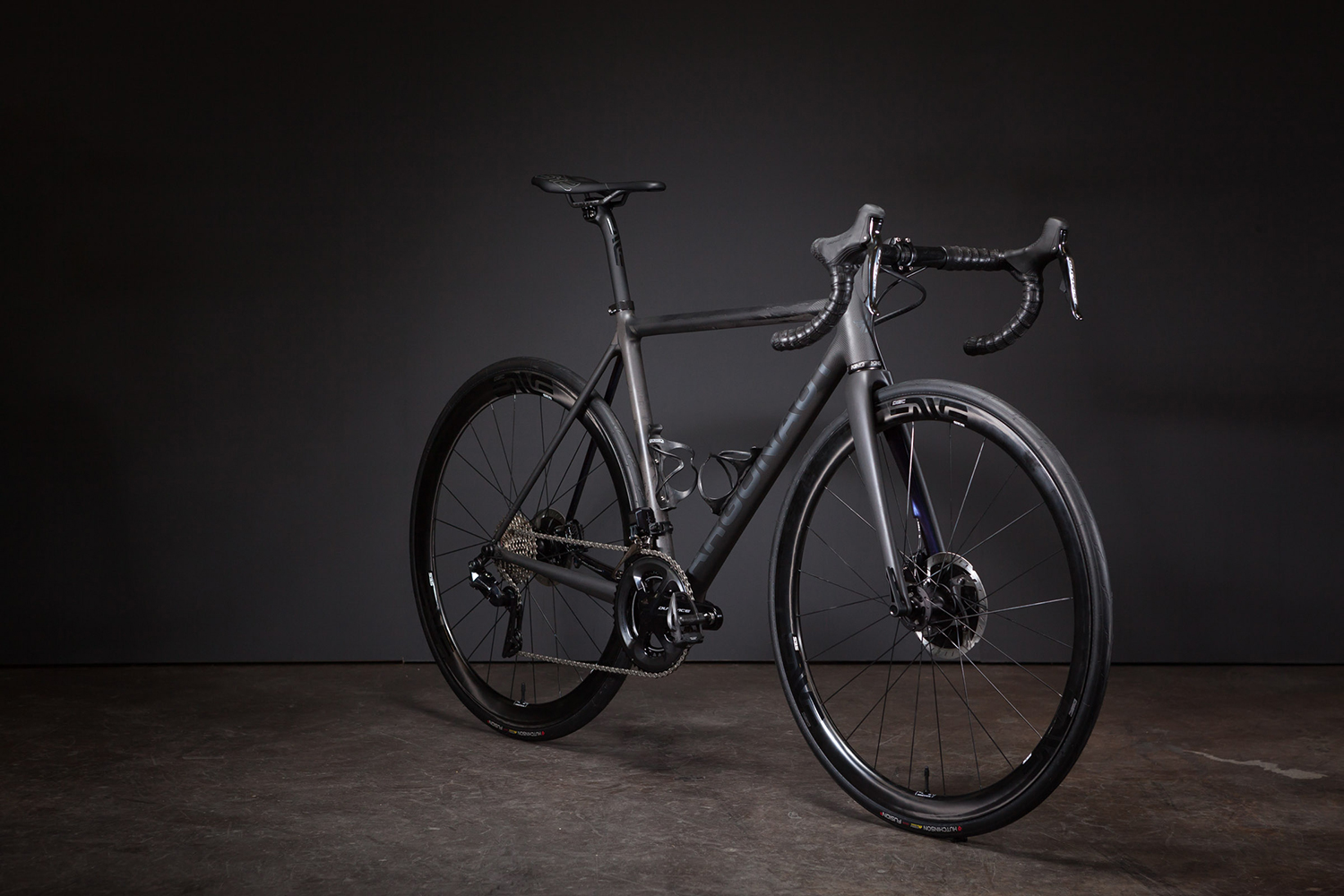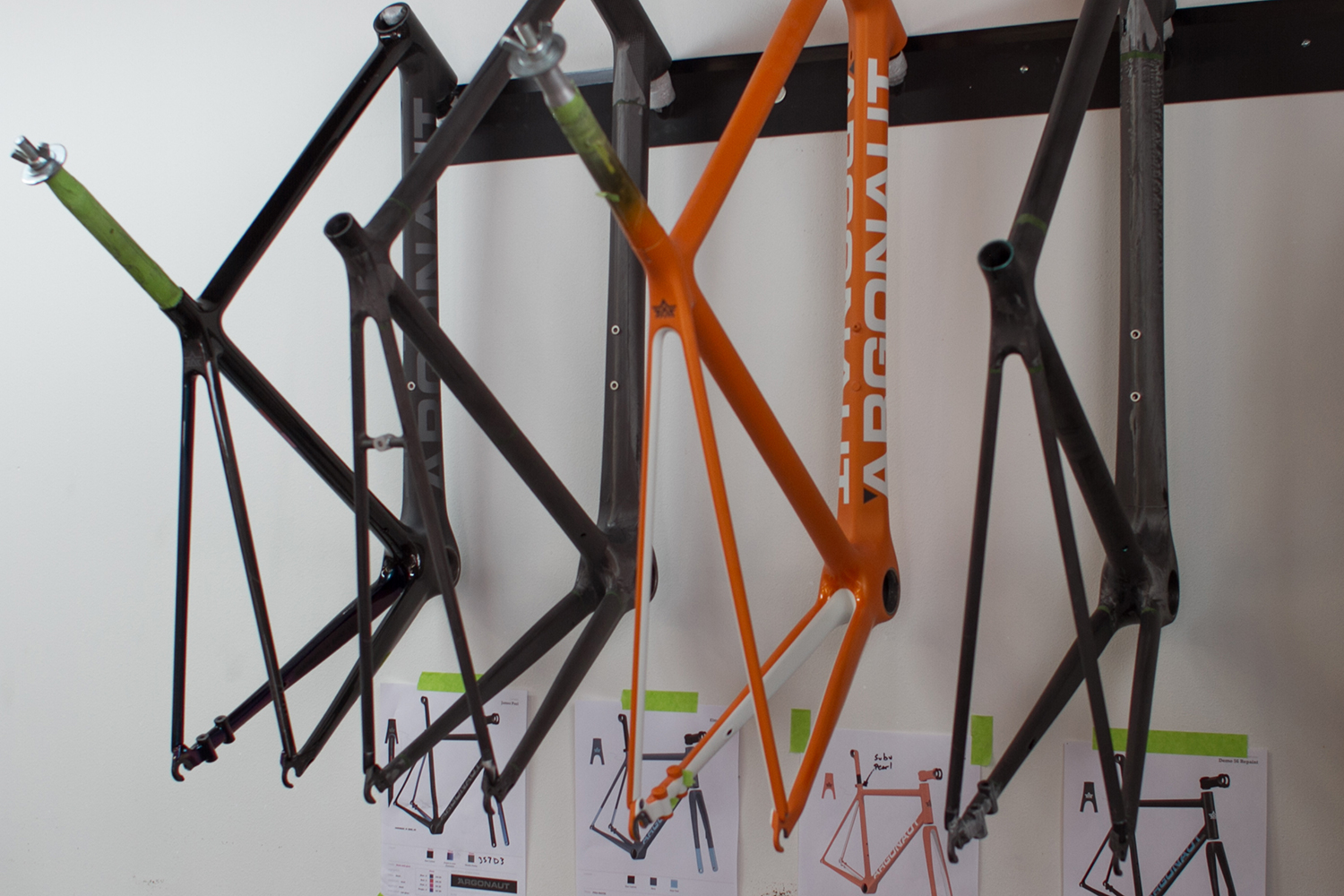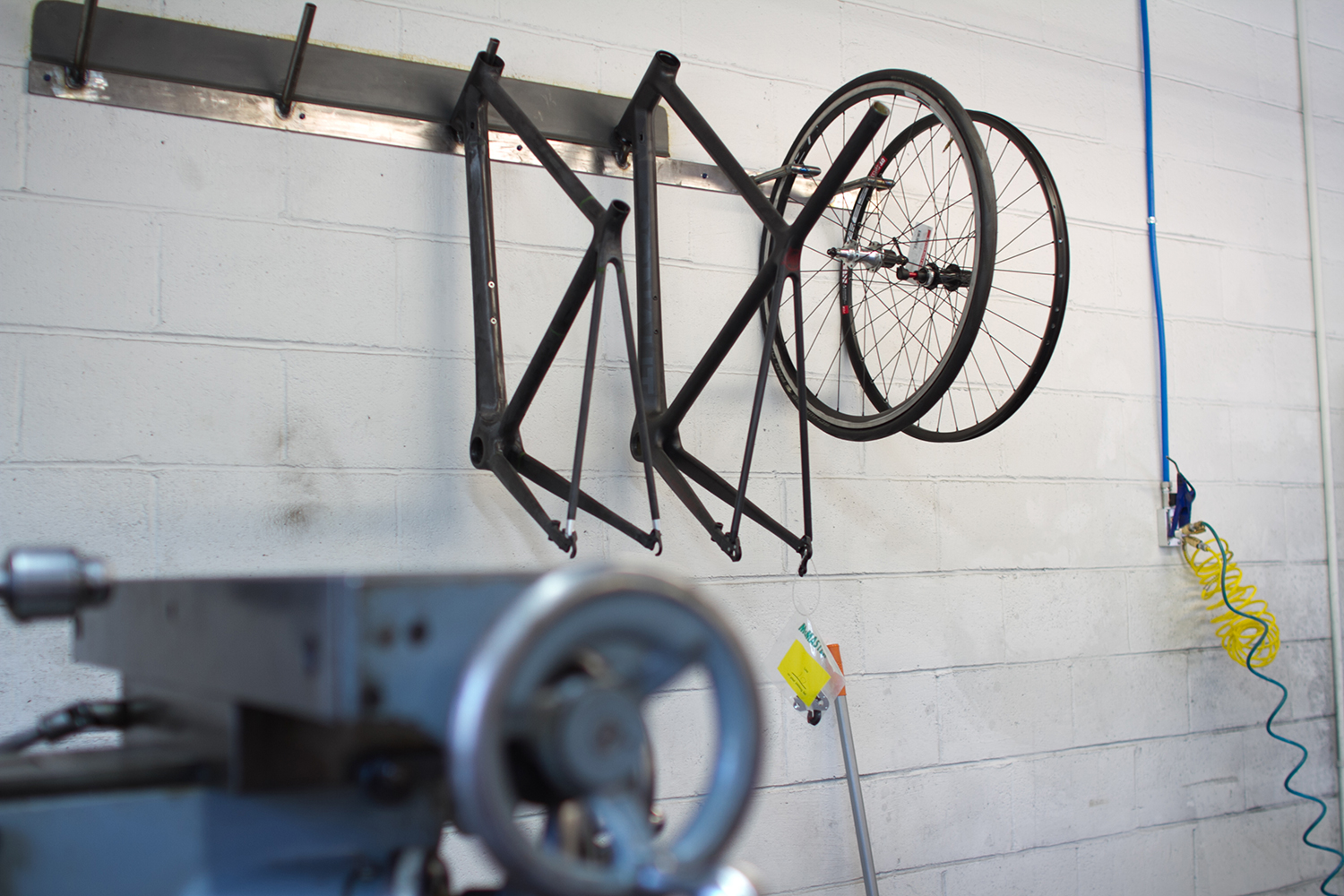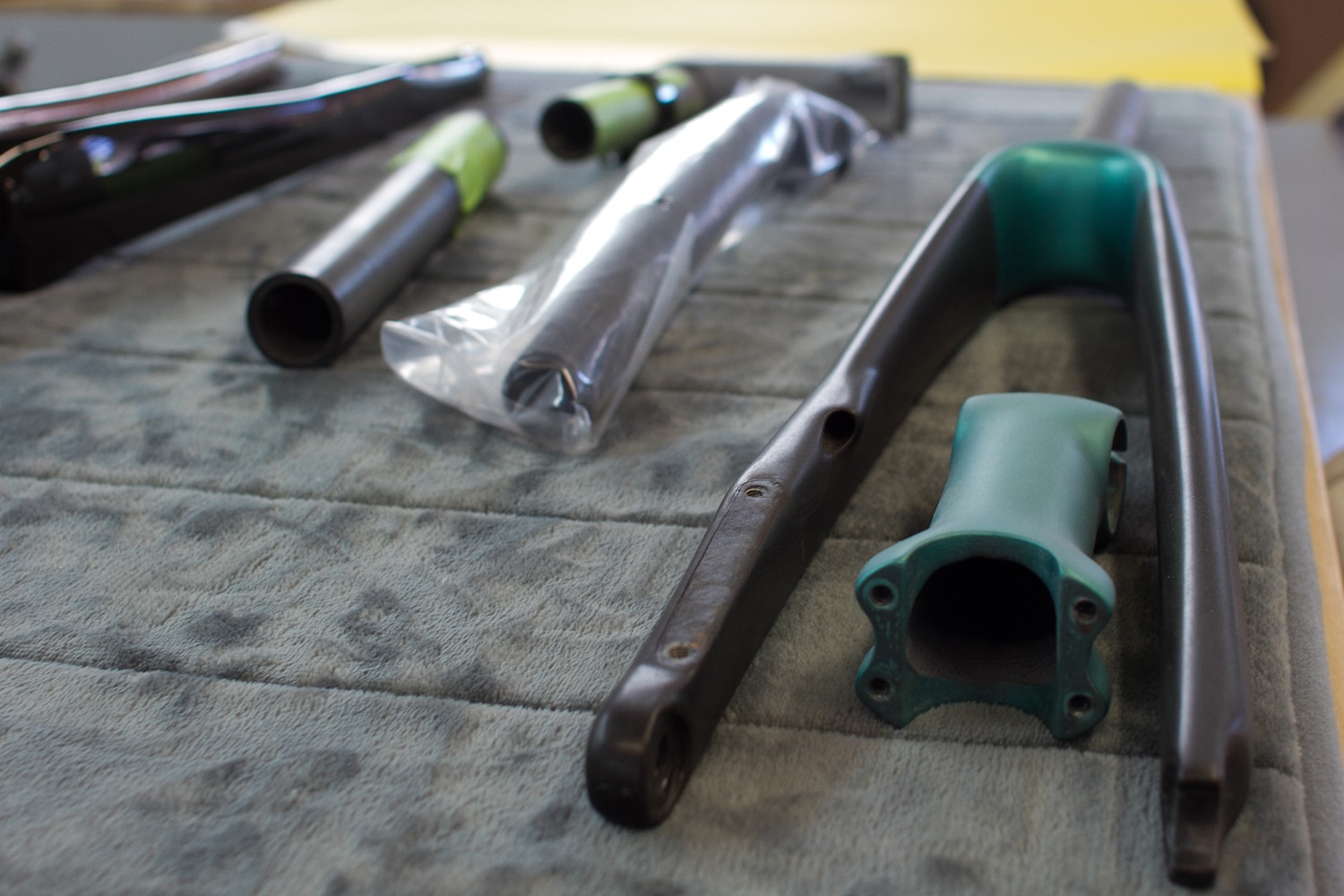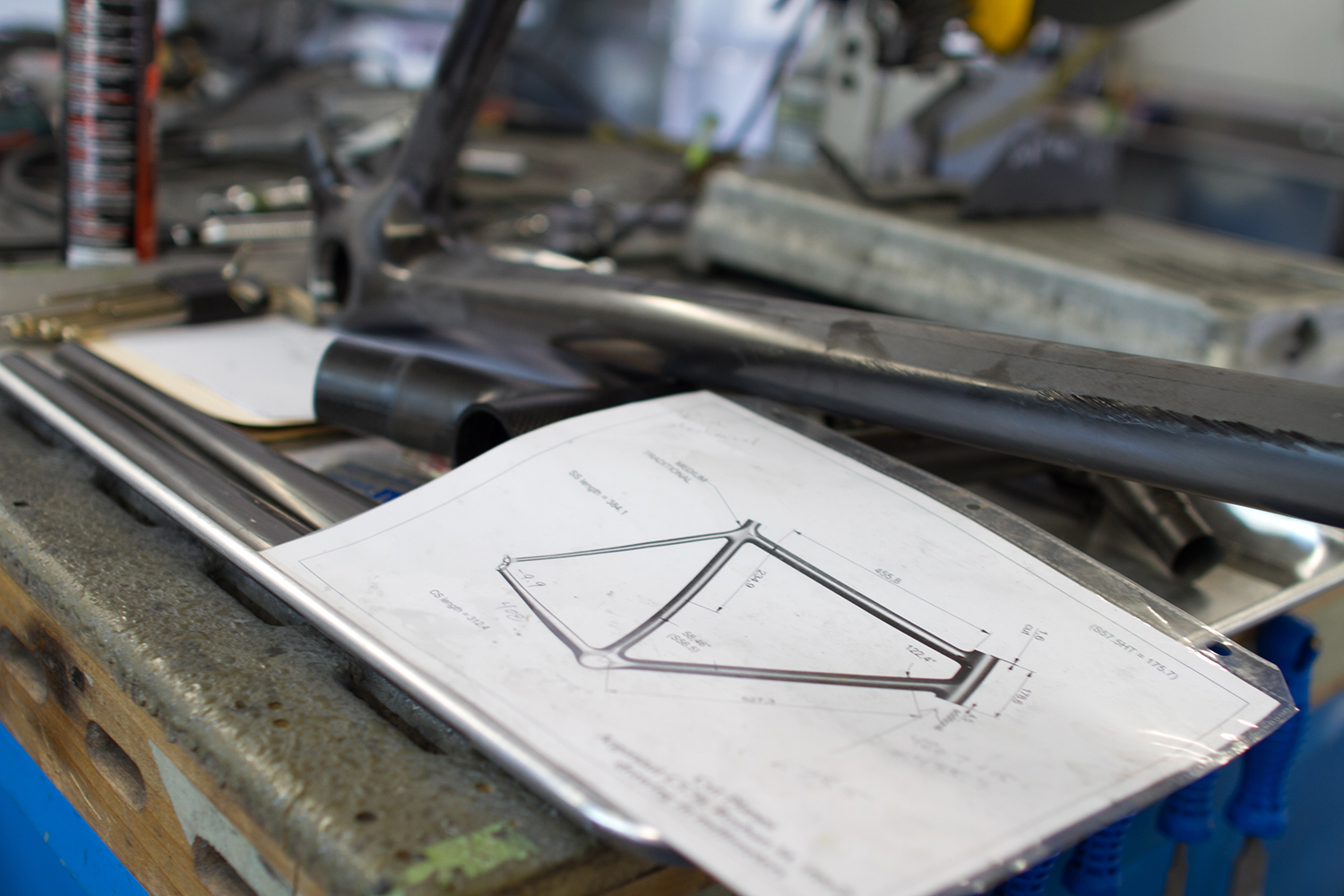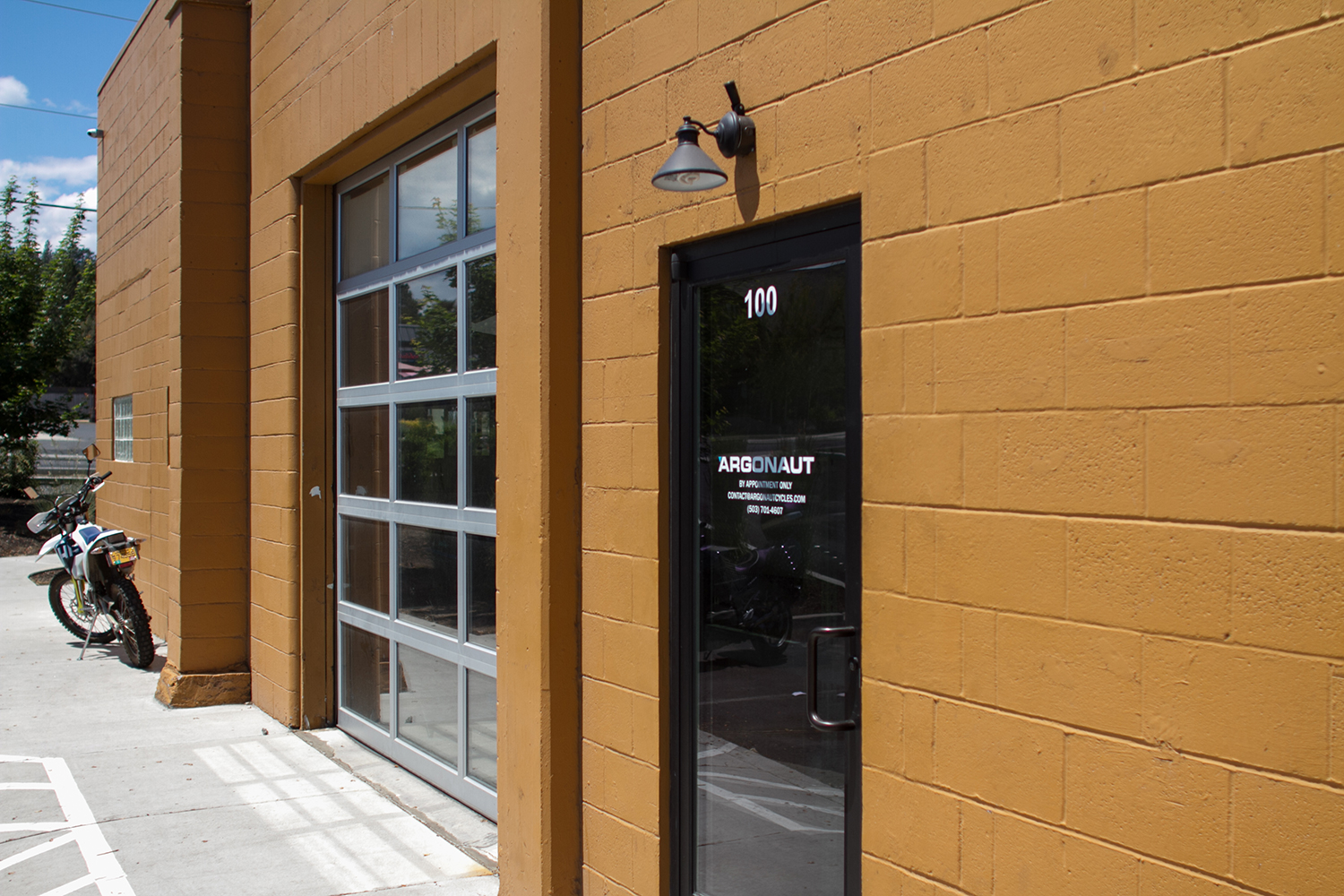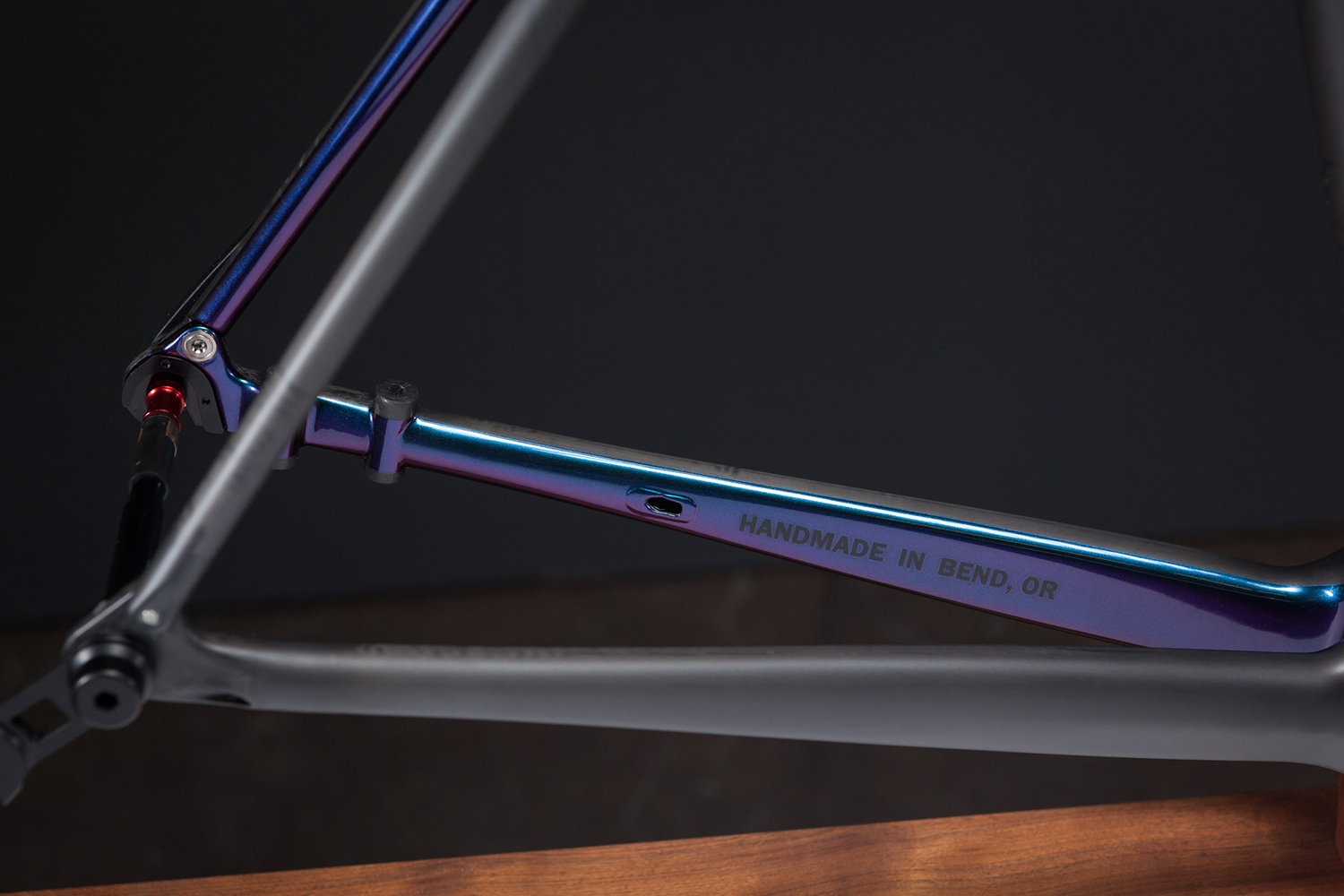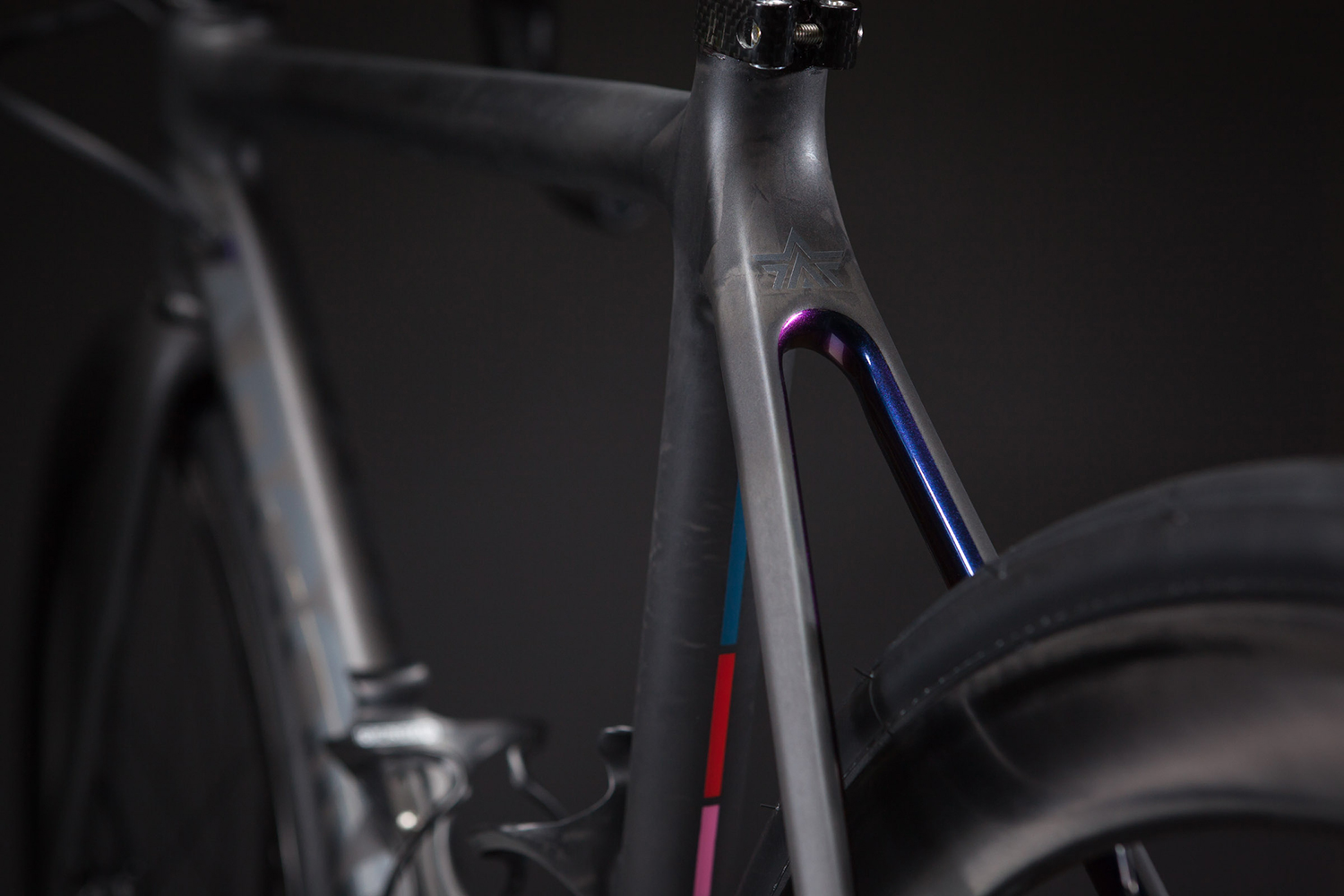Carbon fiber is an incredible material that can make practically anything lighter, faster, or stronger, and few industries have delved as wholeheartedly into the carbon fiber pool as cycling. With frames, handlebars, wheels, and even seats available in the woven wonder material, bicycles today are better than they’ve ever been.
It’s not all upsides, though. The thing about using carbon in a bike is that it makes things incredibly rigid –which is good– but it does introduce some drawbacks. That rigidity allows you to put all the power you can muster into the pedals and eventually the ground, but a bike that’s too stiff will wear you out because of its unyielding properties. The flesh and bone beings that we’re made of require a little bit of flex when it comes to peak power output, because we aren’t as strong as the bikes we’re riding—and therein lies the drawback.
Manufacturers have responded to the issue of rigidity by tailoring bikes to the needs of different groups, and making bikes with different stiffness profiles for touring, racing, and other disciplines. The only problem is that a “one-size-fits-all” mantra is necessary to keep costs down, which limits the number of models available. This isn’t necessarily a bad thing, it’s just the way most large bike manufacturers work.
But what if you had a solution for the rigidity issue that would allow for nearly limitless adjustability? What if you could make a carbon fiber bike as unique as its rider’s fingerprint — one that fits their body better than a pair of spandex shorts? Enter Argonaut.
Reining in rigidity
Argonaut is headquartered in Bend, OR, and was started in 2010 by CEO Ben Farver. Ben was welding steel bike frames for a living when he came up with his carbon fiber rigidity solution. In essence, his idea was a tunable carbon fiber bicycle frame.
Generally speaking, the best way to tune a bicycle is to change its size and geometry. But Ben wanted to tune for riding style, power output, and road type (i.e. hills, flats, sprints, distance, or race). This requires much more than simple size and shape adjustments.
In order to make this idea a reality Ben spent two years developing his carbon fiber frames with the help of Innovative Composite Engineering (ICE), based out of White Salmon, WA. ICE builds a slew of composite parts for the aerospace, automotive, and military industries, including a few pieces for a privateer rocket company.
Argonaut has figured out a way to get flexibility and strength exactly where they want it, giving the rider the best bang for their buck with each crank of the pedal.
After more than a year of tinkering, Ben and ICE found that by using unidirectional carbon fiber in addition to a more standard weave, they could achieve varying stiffness profiles that were unique to each rider. By layering the unidirectional carbon fiber sheets, Argonaut is able to tune its bike frames by changing the degree at which the sheets are aligned throughout the frame. In more comprehensible terms, by tweaking the way the grain of each carbon fiber sheet interacts with its neighbors, Argonaut has figured out a way to get flexibility and strength exactly where they want it, giving the rider the best bang for their buck with each crank of the pedal.
The best way to describe the layering of the carbon fiber is to show you. Conveniently, the folks at Argonaut have put together a video, as well as an exploded view of one of their bike frames before it’s gone through the manufacturing process. Through a precise combination of carbon fiber layers, the design can change based on how the pieces are aligned and where additional layers are placed. In essence, each bike frame is a puzzle where the size, shape and orientation of the pieces is unknown until the rider provides their input—and Argonaut has the recipe for sorting it all out; a secret sauce of unlimited flavors.
It’s all in the flex
After two years of research and development with ICE, the result was a concept Ben calls “Three-Dimensional Flex.” Three-Dimensional Flex combines the calculated wizardry that goes into creating each individual piece with Ben’s unique knowledge of how best to capitalize on a particular rider’s habits based on their torsional (up and down) and bending (front to back) rigidity needs. That’s what makes Argonaut so special—the melding of Ben’s experience as a frame building artist with the modern componentry of carbon fiber science. By tweaking the flex in an incredibly precise manner while understanding the needs of each rider, Argonaut is able to bring their customers a completely bespoke carbon bicycle that’s catered to their individual style.
Putting research into practice requires a ton of input on behalf of the rider. Thankfully Argonaut has flushed out a process for interviewing, measuring, and picking out parts for riders in order to get each bike just right. The options are nearly limitless, and Ben, with his encyclopedic knowledge of all things cycling, drills down what’s going to be best for each customer’s unique cycling needs. This process is certainly more in-depth than what you’re likely to find at your local bike shop, but good things take time. Argonaut spends about 80 hours on each cycle before its shipped out.
From start to finish, the entire process from order to delivery takes about 10-12 weeks, and prices vary from around $12,000 to over $21,000 depending on a myriad of factors, mostly centered around the components you choose. This does tip the scale into luxury services, but with offerings north of $12,000 from Trek, Specialized, Giant, and nearly every other major cycling manufacturer, this price point isn’t as outrageous it might seem.
So if you’re willing to take the step into the custom carbon fiber future of cycling with Argonaut, then the answer to “what can a custom carbon fiber bicycle do for you?” is simple: Exactly what you, and only you, need it to.

